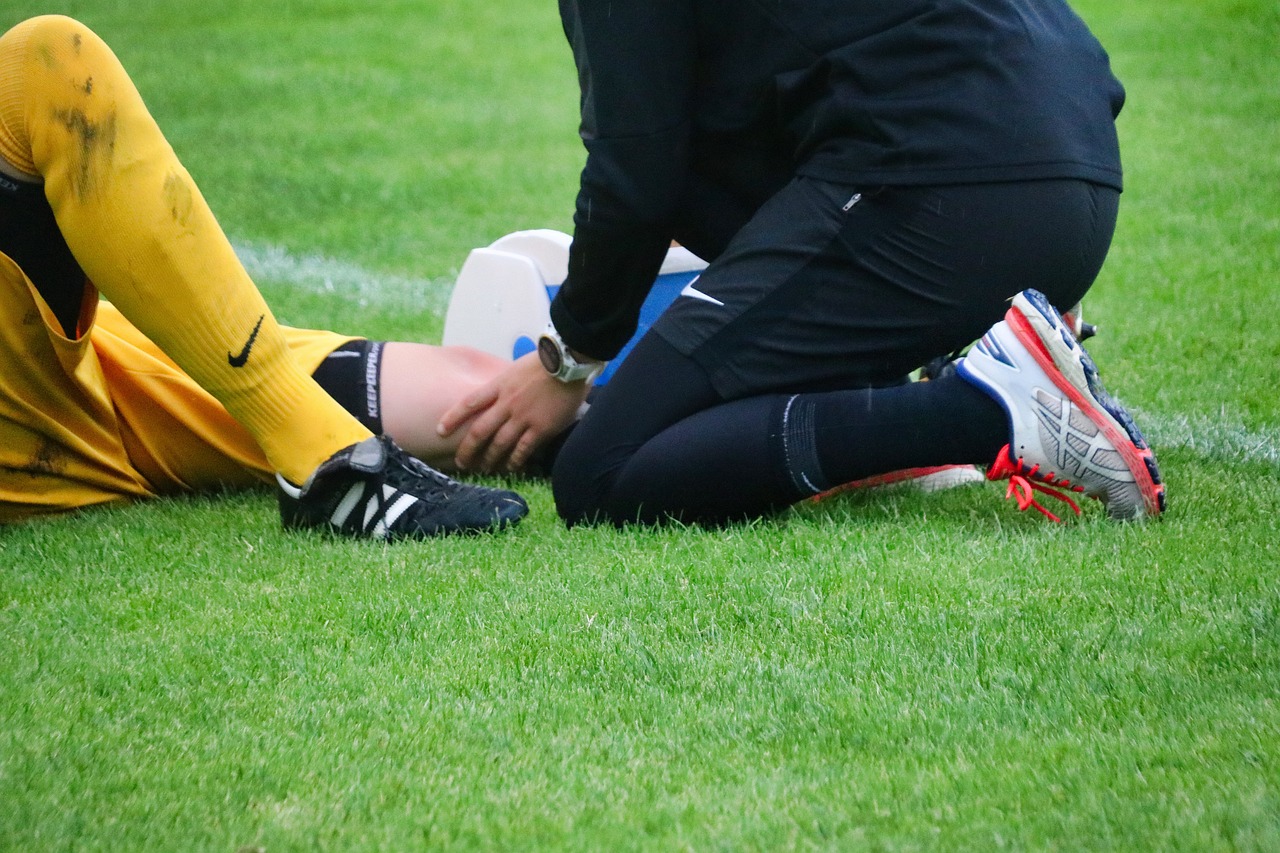The anterior cruciate ligament (ACL) is among the most common injuries experienced by athletes. This should come as no surprise because the ACL is a ligament that helps connect the shinbone to the femur at the knee which sees a lot of action. The ACL is particularly vulnerable to damage caused by sudden changes in movements that put a lot of force on the ligament.
Many patients that suffered an ACL injury describe a ‘popping’ sensation when the injury occurs. You will also likely feel unstable in the affected knee, and swelling is also likely. And although many people can still walk after an ACL injury, it’s best to take pressure off the affected area straight away. If you don’t, then you risk making the injury worse.
Treating ACL Injuries
In many cases, damage to the ACL will require plenty of rest to let the injury heal. You might also be prescribed anti-inflammatories and painkillers and be asked to keep pressure off the affected area. Physical therapy is also often used to help the tissues regain strength. Osteopathy may also be used to help empower your immune system to help with the healing.
Depending on the severity of the injury, you might need surgery to repair the ligament. And if surgery is necessary then you should expect to wait a long time before you can play any sports again. However, recovery times and results are improving as our medicine and other technologies develop.
Treating ACL Surgery Recovery with Osteopathy
Recovery from ACL surgery can take months, even with the help of modern medicine, although osteopathy can also help accelerate the process.
Osteopathy is effective because it helps to empower one of the most effective tools we have available to us – the immune system. Our immune system is working 24/7 to keep us healthy and well, even when we are sleeping, and used a variety of methods to help protect us from pathogens.
Our immune systems not only help to protect us from pathogens but also help with the maintenance and repair of our bodies. In fact, the reason we experience swelling after such injuries is that the body is sending resources to the affected area. If you imagine a serious road accident that has caused heavy traffic build-up, then swelling after injuries is a similar thing.
Osteopathy works by manipulating your muscles and joints to aid the immune system in healing your injury. We achieve this by ensuring your blood and other fluids can flow freely, and by helping the area regain strength. As such, an osteopath is likely to massage around the affected area, but the treatment won’t focus on the affected area only.
Instead of just focusing on healing the injury, osteopathy will also take a holistic approach that cares for your overall well-being. The treatment is based on the notion that healthy joints and muscles are necessary for good overall health, and an osteopath will create an individual treatment plan after a diagnosis.
Prevention is the Best Cure
While osteopathy can help ensure a quick and thorough recovery, it can also provide the best cure of all – prevention. Many injuries occur because the patient’s body wasn’t in optimal condition so their ligaments were not strong enough to withstand the pressures they are often placed under. And osteopathy can help because it can ensure the athlete is in great physical condition, preventing the injury in the first place.
And not only can osteopathy help with healing and prevention, but it can also help enhance your performance. The treatment helps ensure your muscles and joints receive a constant flow of nutrients and everything else they need for maintenance and repair, keeping them in great condition. And osteopathy can also help you train for longer and harder, further helping you achieve the best you can.
Enjoy Overall Good Health
While osteopathy can help with specific injuries, the treatment also helps improve your health and well-being overall. The treatment can help you feel stronger and more mobile, and help you enjoy a better quality of life. As such, it can be a good idea to look into osteopathy even if you’re not prone to injuries like ACL damage.
Furthermore, osteopathy can also be used in conjunction with other treatments to get the best results. The treatment involves no medication so there are no contraindications to be concerned about. In fact, some people will use osteopathy to help complement other treatments to help accelerate and enhance the healing process.
Summary
An ACL injury can be very painful and considerably limit your mobility. Surgery might be needed if the injury is severe enough, and recovery from surgery can take months. This is especially bad news for many athletes because ACL injuries are among the most common of all, potentially leading to long periods on the sidelines.
If you are recovering from ACL surgery then osteopathy can help complement your other treatments. This will help your body heal faster and better while also giving your overall well-being a boost. The treatment also involves no medication, making it ideal for sports people.
If you would like to know more about recovering from an ACL surgery, then please feel free to get in touch with the team at OSTCO. Our friendly and professional team will gladly answer any questions you might have and look forward to helping you live a happier and fuller life.


